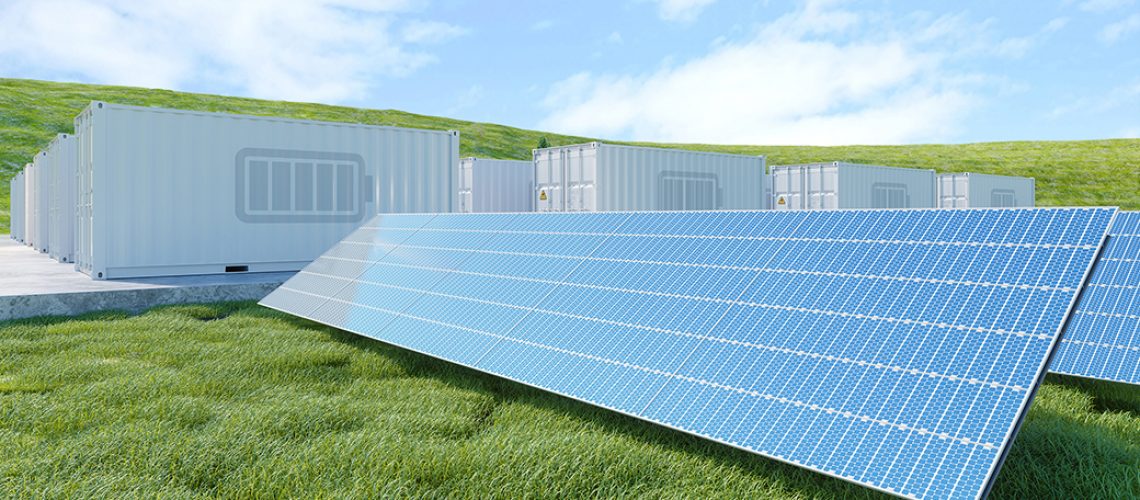From pv magazine Global
The government of Ontario has said that its plan to commission at least 1.5 GW of grid-scale storage is part of its efforts to attract electric vehicle and battery manufacturing jobs and to establish a supply chain for the critical materials needed for the energy transition.
The Canadian province confirmed last week that the 4 GW of new power capacity required from 2025 will consist of at least 1.5 GW of storage plants, the same volume of natural gas electricity generation, and 1 GW from “other sources.” Last year, the province estimated its immediate future energy needs ran to 5 GW.
“Our government is building the electricity generation and storage needed to support our success in driving electrification and attracting new jobs to the province, including unprecedented investments from electric vehicles and battery manufacturing to clean steelmaking,” said Minister of Energy Todd Smith. “Saying no to jobs and investment is a non-starter for our government. An unreliable system with brownouts and blackouts is a non-starter for our government. With today’s actions we are ensuring that the electricity will continue to be there for families and businesses when they flip the switch.”
The government notice, which described the planned tenders as “the largest battery procurement in Canada’s history,” also noted that public utility Ontario Power Generation is developing Canada’s first small modular reactor (SMR) nuclear plant. It is not clear whether the SMR facility will form part of the “other” 1 GW of power capacity to be tendered by the provincial government.
The Canadian Renewable Energy Association presented the policy, which was first announced last year, as up to 2,500 MW of new energy storage and other non-emitting resources.
“Our government is building an integrated supply chain for critical minerals in Ontario as we become a leader in battery manufacturing,” said Ontario Minister of Mines George Pirie. “Energy system reliability and affordability is essential so that Ontario mines can continue to competitively produce the critical minerals we need for battery manufacturing and other technologies that support the transition to a clean economy.”



